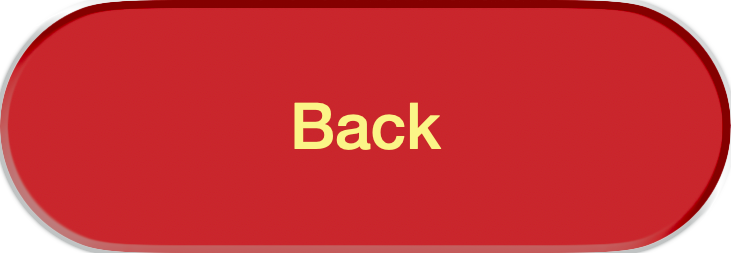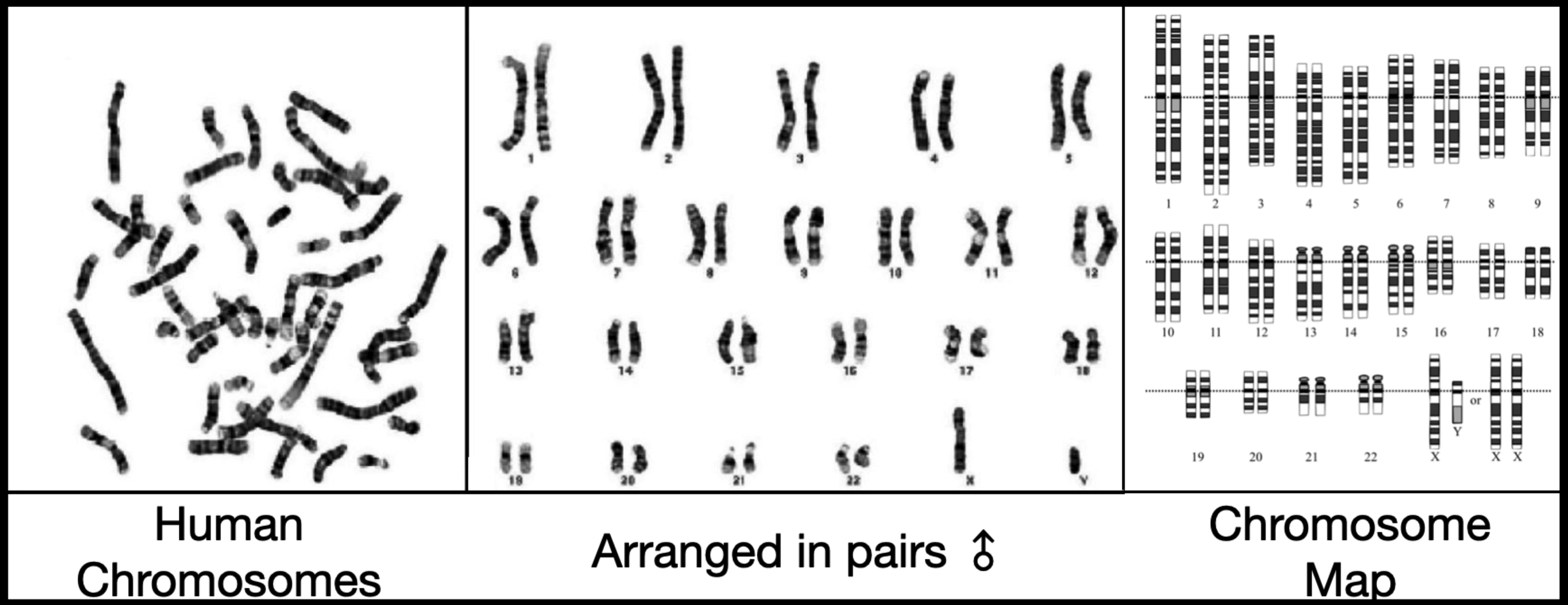ANALYZE IT
Be prepared to discuss the following questions in PostLab:
Mitosis
What is the primary purpose of mitosis?
How many divisions occur in mitosis versus meiosis?
What is the number of daughter cells produced in mitosis?
How does the daughter cell’s chromosome number compare to the mitosis parent cell?
In which types of cells does mitosis occur?
What are the main stages of mitosis?
Why is maintaining the full chromosome number important in mitosis?
Summarize the functions of mitosis.
Human Chromosomes
How many chromosomes are found in almost every human cell, and how are they organized?
Where do humans inherit their chromosomes, and how is this reflected in chromosome pairs?
How is the 23rd pair of chromosomes different between males and females?
What is the significance of organizing chromosomes into pairs for scientific studies?
How do scientists use high-magnification slides to study chromosomes, and what can they learn from them?
GET FOCUSED
Be prepared to discuss the following Focus Questions. These questions are also found in the last section of your Student Guide.
- What are the major differences between asexual and sexual reproduction? In your answer, describe both the advantages and disadvantages of asexual and sexual reproduction. Do humans reproduce asexually or sexually?
- Why is it important that each new cell gets an exact copy of the DNA during mitosis?
- How do chromosomes ensure that genetic information is accurately passed from one cell to another during cell division?
- How does mitosis help organisms grow and heal?



